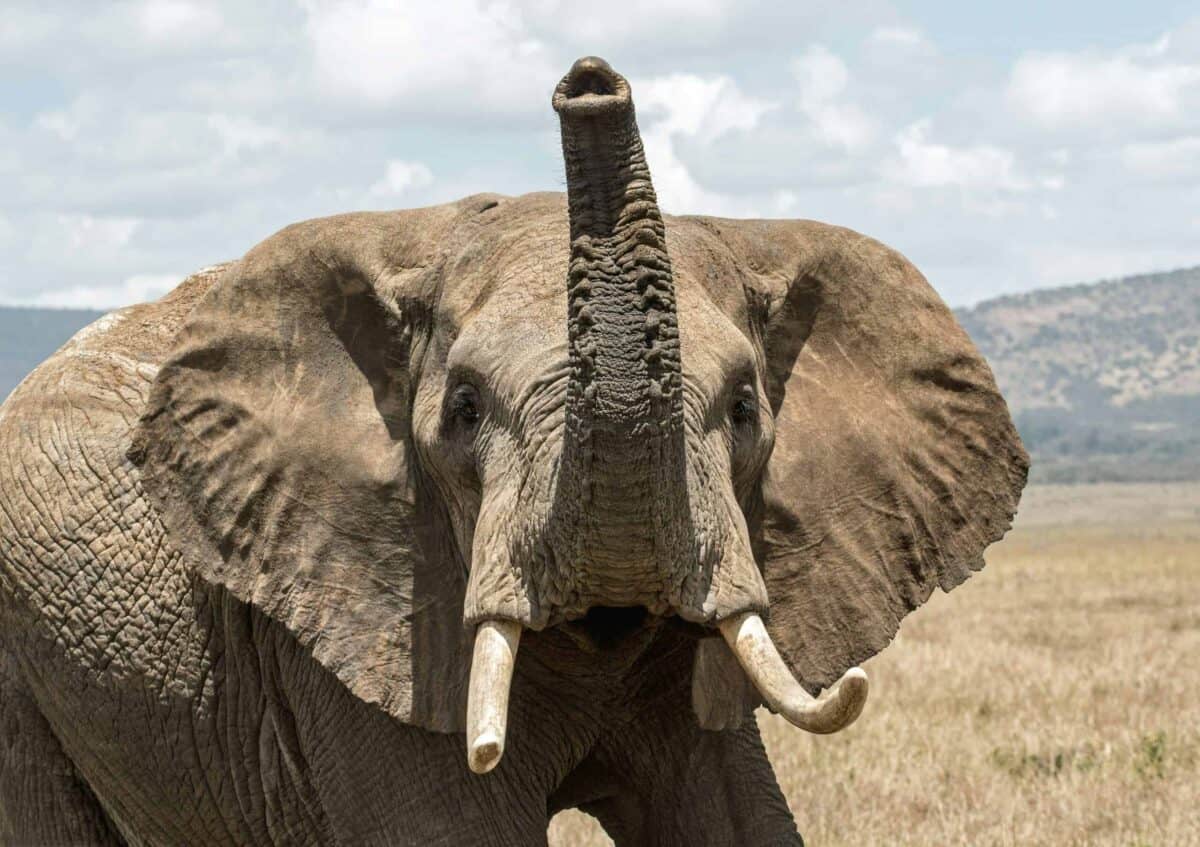Animals possess a range of sensory abilities that often surpass human capabilities, leading to a world of wonders and mysteries. Among these, the elephant stands out for its remarkable auditory abilities. This gentle giant can detect sounds from over 100 miles away, making it a curious subject of study in the animal kingdom. Let’s embark on an exploration of the fascinating auditory world of elephants and discover what enables them to possess such extraordinary hearing.
Understanding Elephant Anatomy

Elephants, the largest land animals on Earth, boast distinctive physical features, including their large ears. These ears are not only prominent but function as highly efficient sound detectors. The pinnae, the visible part of the ear, can cover a large area, helping elephants capture distant vibrations and low-frequency sounds that often go unnoticed by other creatures.
The Range of Elephant Hearing

Elephants are capable of hearing low-frequency sounds, known as infrasound, which range from 1 Hz to 20 Hz. These sounds travel long distances due to their ability to bypass physical obstructions and remain unaffected by atmospheric conditions, making elephants exceptionally attuned to far-off sounds over 100 miles away.
The Role of Infrasound in Elephant Communication

Infrasound plays a vital role in elephant communication, facilitating interaction across vast expanses of their habitat. Elephants use these deep rumbles to maintain contact with one another, coordinate movements, warn of potential dangers, and sometimes even announce reproductive availability.
Environmental Adaptations

Elephants have evolved with particular adaptations that enhance their auditory abilities. Their large, flexible ears can be moved individually, allowing them to pinpoint the direction of a sound with high accuracy. This ability is crucial for navigating their often expansive territories and avoiding predators.
Detecting Environmental Changes

Researchers have observed that elephants can detect seismic vibrations, such as those generated by distant thunderstorms or earthquakes, through their sensitive feet. These vibrations travel through the ground and are picked up by special nerve endings, giving elephants advanced warning of environmental changes or threats.
The Social Structure of Elephant Herds

The sophisticated communication capabilities of elephants play an essential role in their social structure. Herds, usually led by a matriarch, rely on vocalizations and infrasound to maintain cohesion and pass down knowledge. This auditory communication helps coordinate activities and strengthens group bonds.
Conservation Implications

Understanding elephant communication and hearing abilities is crucial for their conservation. Human activities, such as urbanization and deforestation, pose a threat to these majestic creatures by disrupting the soundscapes they rely on. Recognizing the importance of natural acoustic environments is vital for effective conservation strategies.
Human-Elephant Conflict Mitigation

By analyzing elephant auditory capabilities, researchers can develop methods to reduce human-elephant conflicts. For instance, utilizing low-frequency sounds can steer elephants away from farms and villages, reducing instances of crop-raiding and maintaining harmonious human-animal relationships.
Elephants in Popular Culture

Elephants have fascinated humans for centuries, symbolizing wisdom and strength across various cultures. Their remarkable hearing and social complexity have inspired numerous stories, documentaries, and scientific inquiries, continually captivating the human imagination.
The Future of Elephant Research

As our understanding of elephant communication systems deepens, the potential for more advanced monitoring and conservation techniques increases. Future research could unlock additional secrets of the elephant’s auditory world, providing insights into other areas of their behavior and ecology.
Elephant Interaction with Other Species

Elephants’ acoustic abilities extend beyond communication within their species; they can also interpret and react to the vocalizations of other animals. This cross-species communication highlights their intelligence and adaptability in eco-systems where multiple species coexist.
Appreciating the Wonders of Elephant Life

The incredible auditory abilities of elephants remind us of the complexity and wonders of the natural world. By learning more about these magnificent creatures and their sensory worlds, we can further appreciate the delicate balance of ecosystems and our role in preserving them.
In conclusion, elephants, with their exceptional hearing capabilities, reveal the extraordinary intricacies of the animal kingdom. Their ability to communicate over vast distances using low-frequency sounds underscores the need for deeper scientific investigation and robust conservation methods. As we gain a better understanding of these gentle giants, we must continue to ensure their survival in a rapidly changing world, valuing the part they play in the rich tapestry of biodiversity.
- Find Out Which Petting Spots Make Your Cat Purr - August 22, 2025
- The Animal That Can Hear Sounds From Over 100 Miles Away - August 22, 2025
- The Animal That Can Walk on Water—And It’s Not What You Think - August 22, 2025

